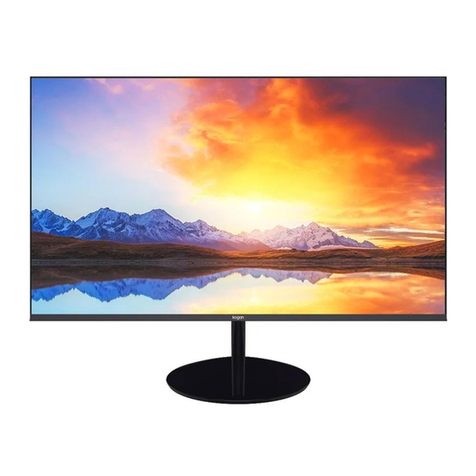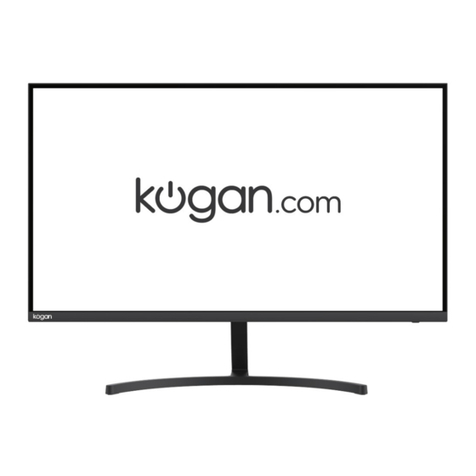Kogan KAMN15CDA User manual
Other Kogan Monitor manuals
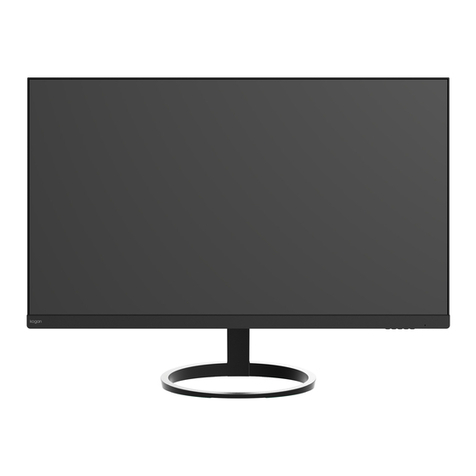
Kogan
Kogan KAMN27UHFTA User manual

Kogan
Kogan KALED27MONC User manual
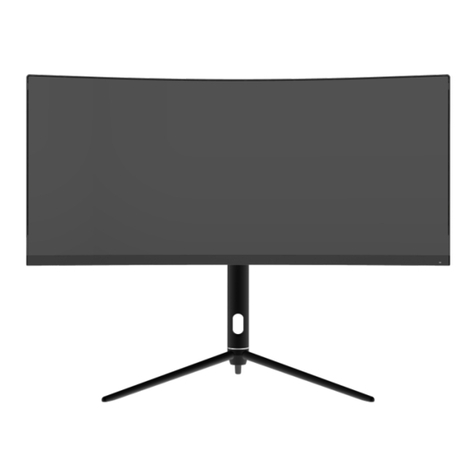
Kogan
Kogan KAMN30FXULA User manual

Kogan
Kogan KAMN15TFULA User manual
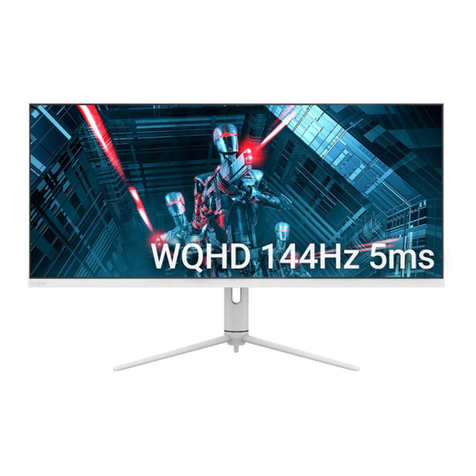
Kogan
Kogan KAMN40XQUCLA User manual
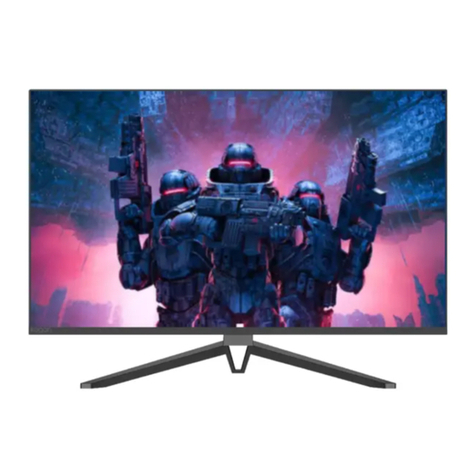
Kogan
Kogan KAMN32F7USA User manual
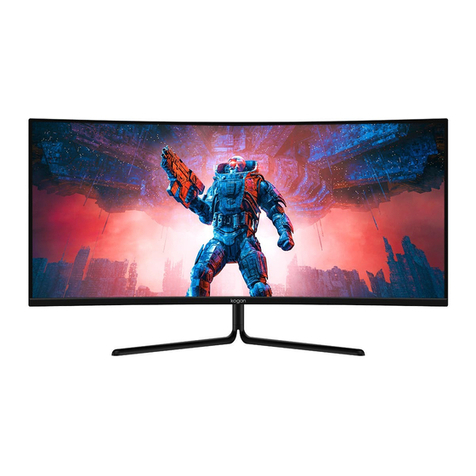
Kogan
Kogan KAMN34FXQULB User manual

Kogan
Kogan KAMN26FUSA User manual
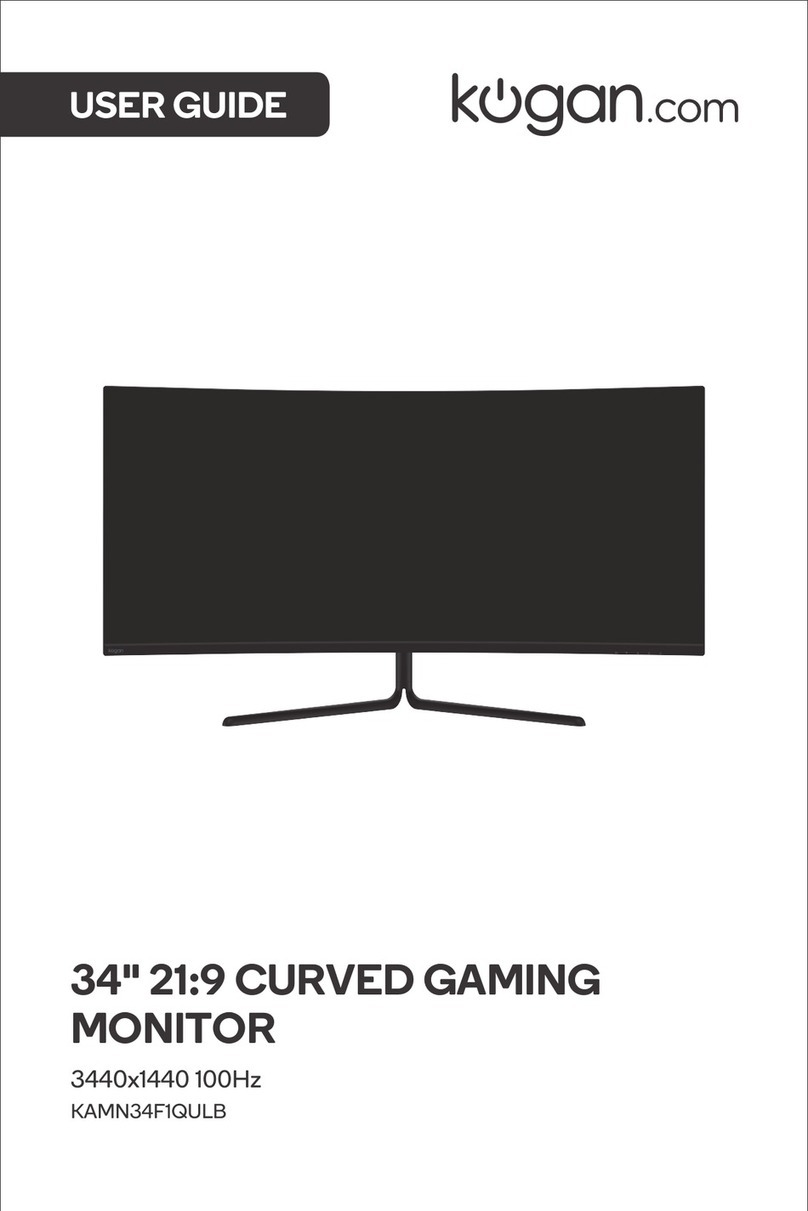
Kogan
Kogan KAMN34F1QULB User manual
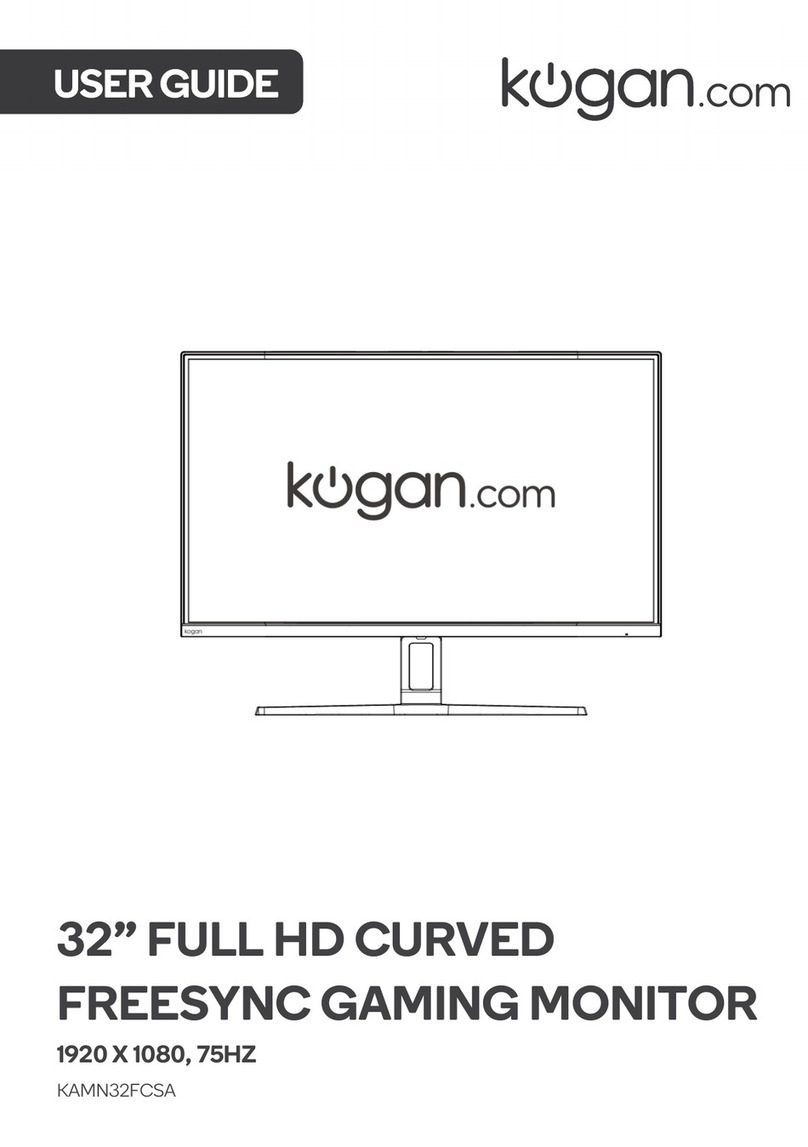
Kogan
Kogan KAMN32FCSA User manual
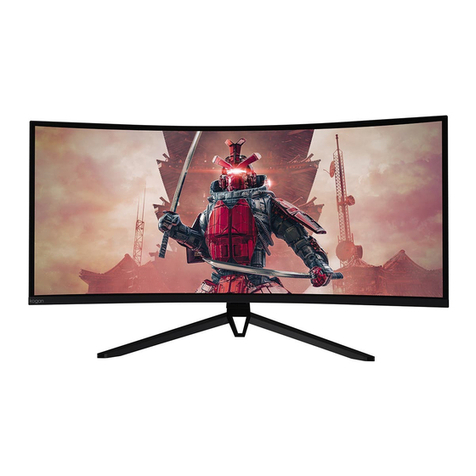
Kogan
Kogan KAMN34RXUSA User manual
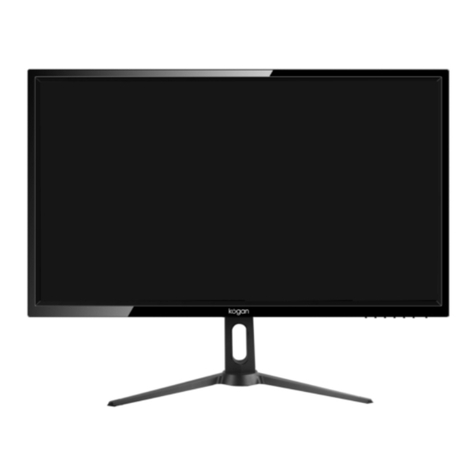
Kogan
Kogan KAMN28UHFSA User manual

Kogan
Kogan KAMN34F1QULA User manual

Kogan
Kogan KAMN27Q18CSA User manual
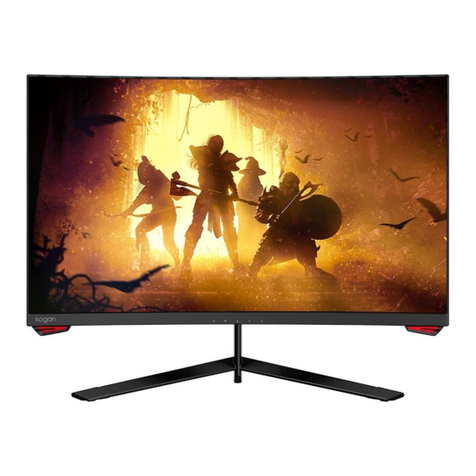
Kogan
Kogan KAMN24FXCLB User manual
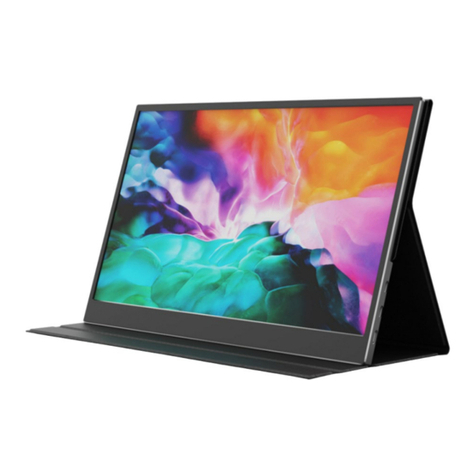
Kogan
Kogan KAMN15CSA User manual
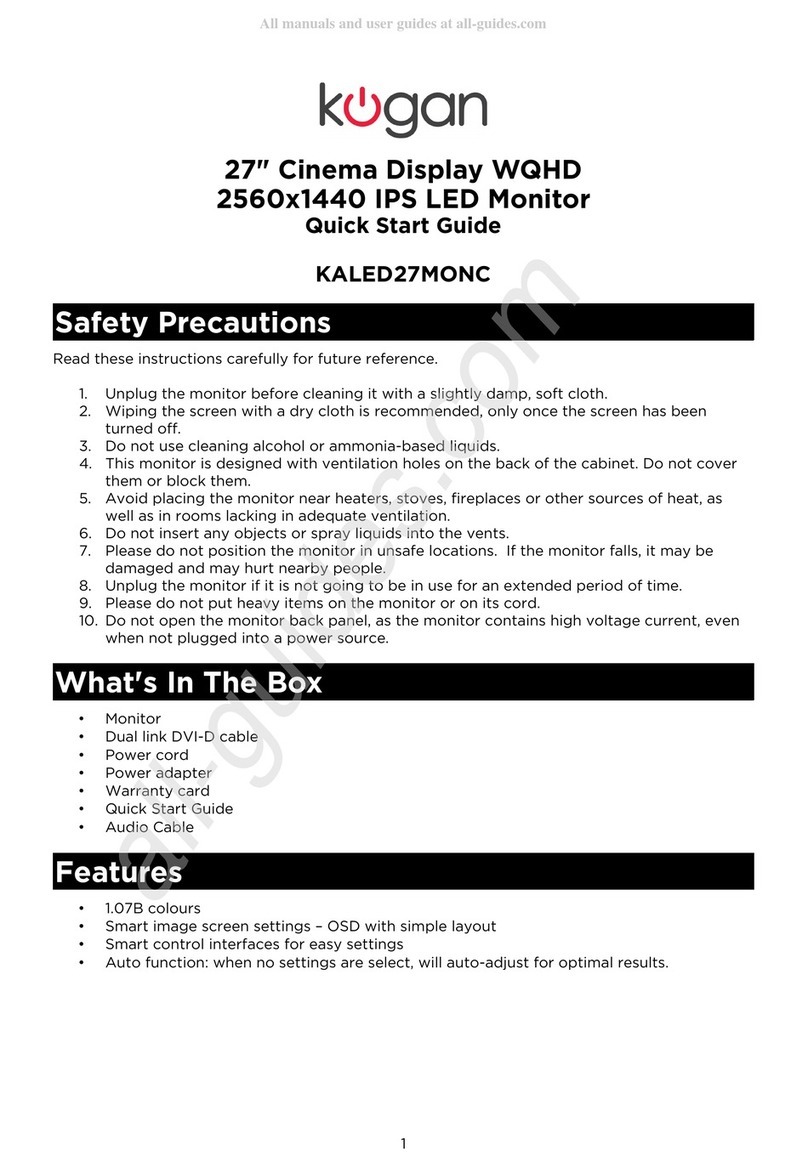
Kogan
Kogan KALED27MONC User manual
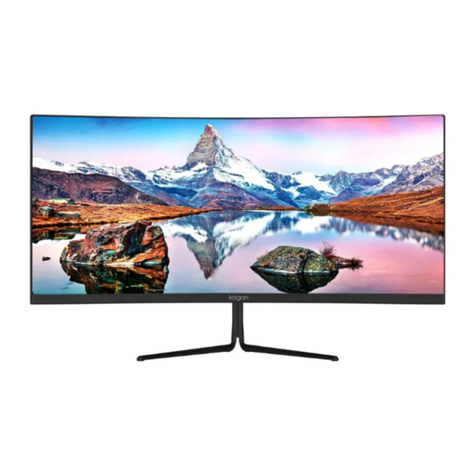
Kogan
Kogan KAMN29UHWLA User manual

Kogan
Kogan KAMN27F7USA User manual

Kogan
Kogan KALED553D1A User manual

